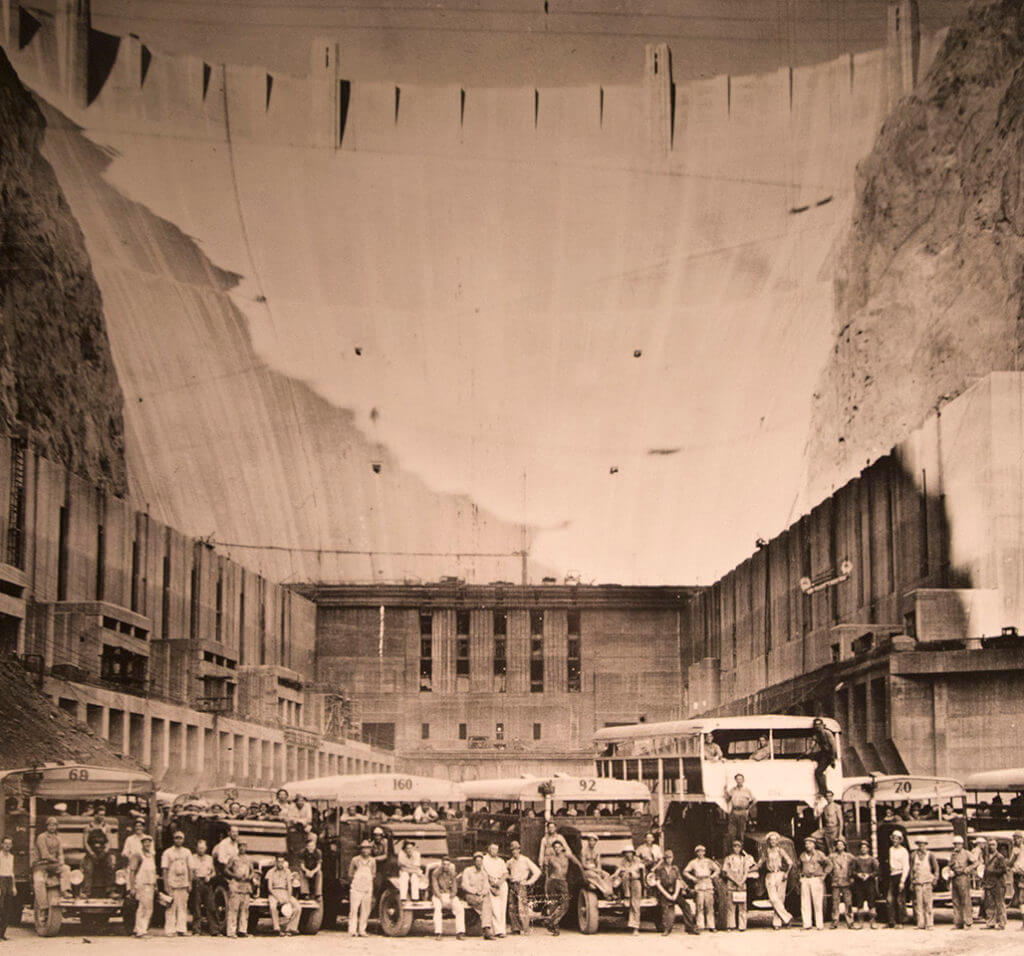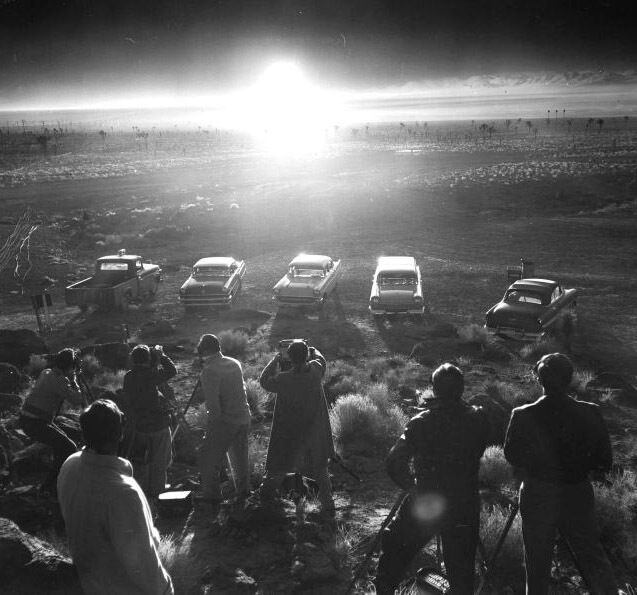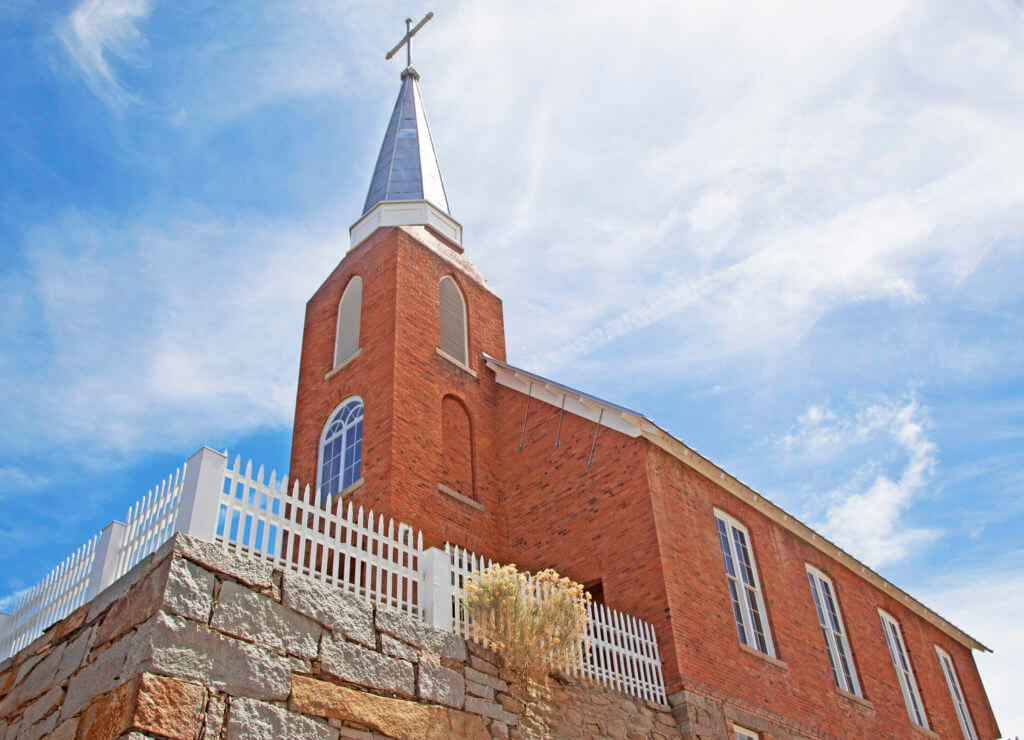Filled with colorful characters and larger-than-life personalities—who often led the charge with an anything’s-possible spirit—Nevada history speaks. Uncover the history and heritage of the Silver State, spanning stories from the Great Basin’s first residents and early European exploration, the forging of the California Trail and the Transcontinental Railroad, silver strikes felt ‘round the United States—and world—and more. Get to know Pony Express riders, tour the world’s last great gold and silver camps, go inside an architectural wonder of the modern world, witness the rise of Las Vegas, the Biggest Little City in the World, and dozens of historic Nevada towns and more—and you’re sure to find, Nevada sets itself apart even more than you already thought.
- Becoming the Silver State
- National Historic Landmarks in Nevada
- Legendary Nevadans



























